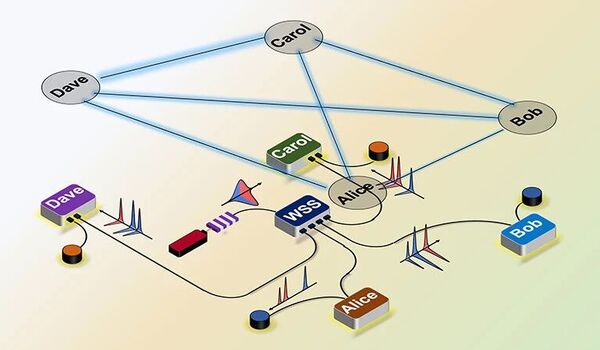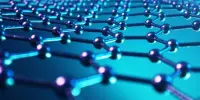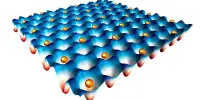It’s one thing to imagine a quantum internet that might convey hacker-proof information throughout the world using photons overlaid in various quantum states. It’s quite another to physically demonstrate it’s doable.
That’s exactly what Harvard researchers did, utilizing existing telecommunication fiber in the Boston area to demonstrate the world’s longest fiber distance between two quantum memory nodes to date. Consider it a basic, closed internet between points A and B that transports a signal encoded not in classical bits like the present internet, but in totally safe, individual particles of light.
The groundbreaking work, published in Nature, was led by Mikhail Lukin, the Joshua and Beth Friedman University Professor in the Department of Physics, in collaboration with Harvard professors Marko Lončar and Hongkun Park, who are all members of the Harvard Quantum Initiative, alongside researchers at Amazon Web Services.
Showing that quantum network nodes can be entangled in the real-world environment of a very busy urban area, is an important step towards practical networking between quantum computers.
Dr. Mikhail Lukin
The Harvard researchers created the practical foundation for the first quantum internet by entangling two quantum memory nodes separated by an optical fiber link extended along a roughly 22-mile loop via Cambridge, Somerville, Watertown, and Boston. The two nodes were separated by one story of Harvard’s Laboratory for Integrated Science and Engineering.
Quantum memory, like classical computer memory, is a key component of an interconnected quantum computing future because it enables complicated network activities, as well as information storage and retrieval. While other quantum networks have been developed in the past, the Harvard team’s is the longest fiber network connecting devices capable of storing, processing, and moving information.
Each node is a very small quantum computer, made out of a sliver of diamond that has a defect in its atomic structure called a silicon-vacancy center. Inside the diamond, carved structures smaller than a hundredth the width of a human hair enhance the interaction between the silicon-vacancy center and light.

The silicon-vacancy center contains two qubits, or bits of quantum information: one in the form of an electron spin for communication, and the other in the form of a longer-lived nuclear spin for storing entanglement (the quantum-mechanical property that allows information to be perfectly correlated across any distance). Microwave pulses provide complete control over both spins. These diamond devices, which are only a few millimeters across, are housed in dilution refrigeration units capable of reaching temperatures of -459 Fahrenheit.
Using silicon-vacancy centers as quantum memory devices for single photons has been a multi-year research program at Harvard. The technology solves a major problem in the theorized quantum internet: signal loss that can’t be boosted in traditional ways. A quantum network cannot use standard optical-fiber signal repeaters because copying of arbitrary quantum information is impossible — making the information secure, but also very hard to transport over long distances.
Silicon vacancy center-based network nodes can catch, store and entangle bits of quantum information while correcting for signal loss. After cooling the nodes to close to absolute zero, light is sent through the first node and, by nature of the silicon vacancy center’s atomic structure, becomes entangled with it.
“Since the light is already entangled with the first node, it can transfer this entanglement to the second node,” noted first author may Knaut, a Kenneth C. Griffin Graduate School of Arts and Sciences student in Lukin’s group. “We call this photon-mediated entanglement.”
Over the previous few years, the researchers have leased optical fiber from a company in Boston to conduct their tests, building their demonstration network on top of the existing fiber to demonstrate that developing a quantum internet with identical network lines is feasible.
“Showing that quantum network nodes can be entangled in the real-world environment of a very busy urban area, is an important step towards practical networking between quantum computers,” Lukin stated.
















